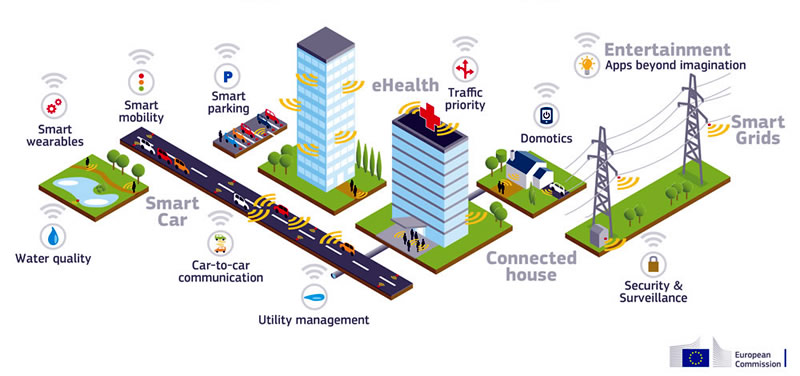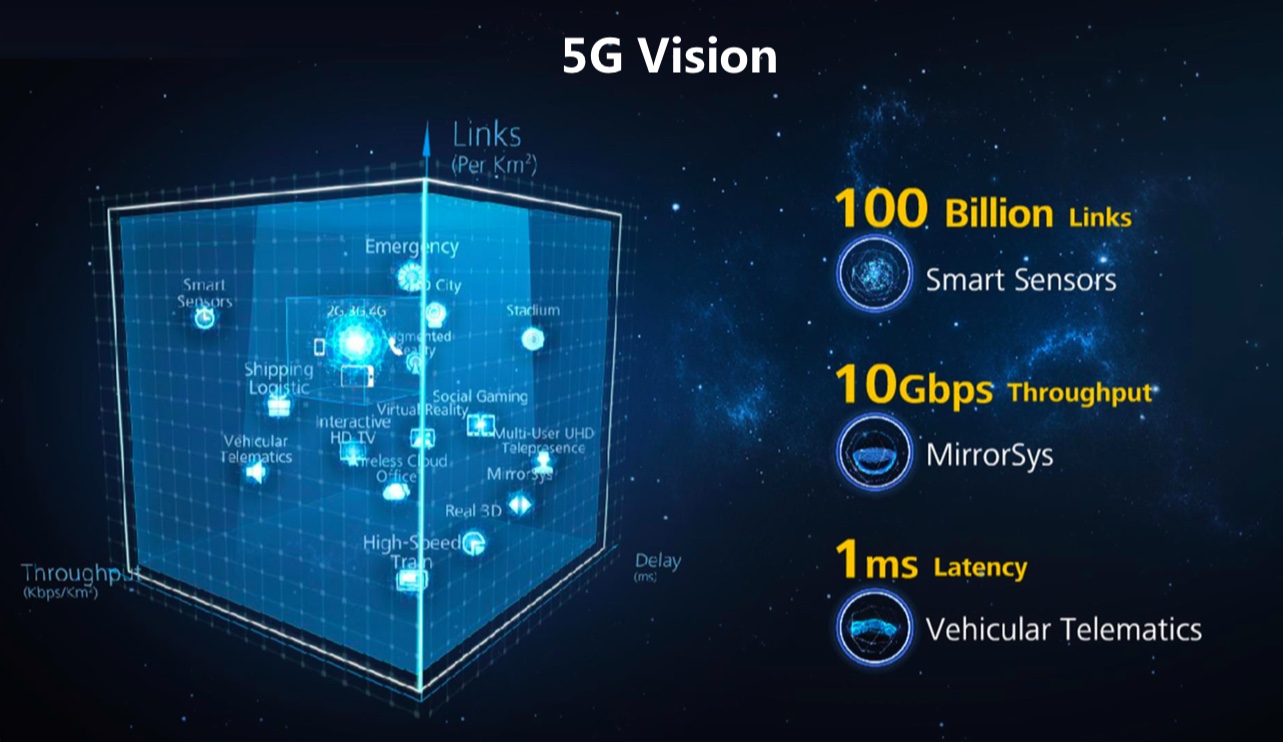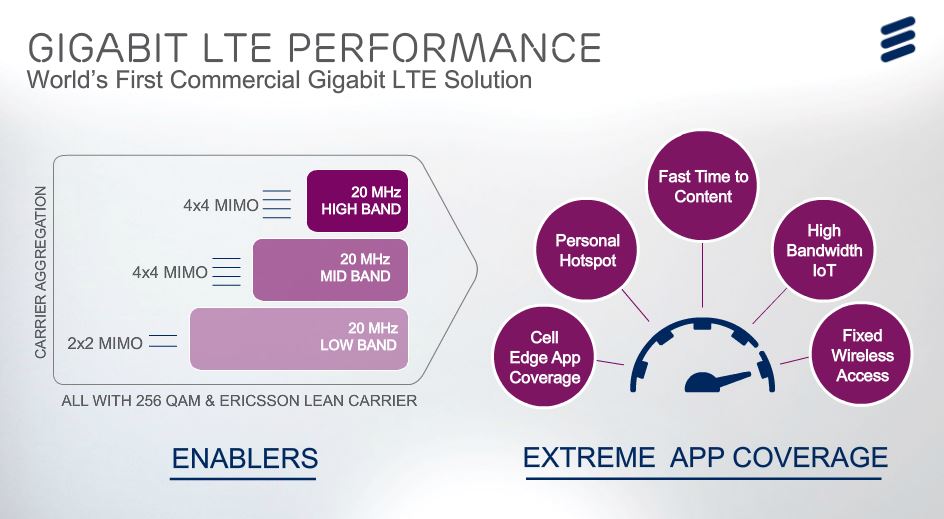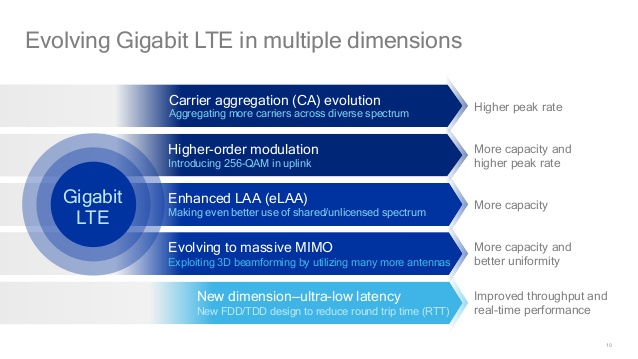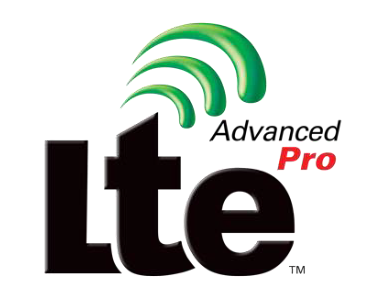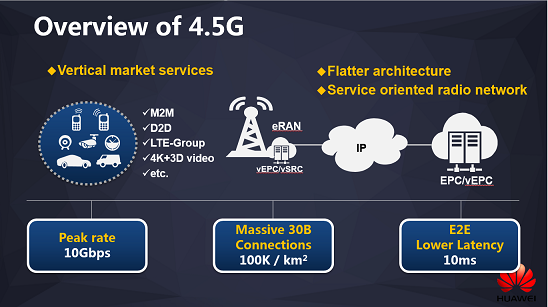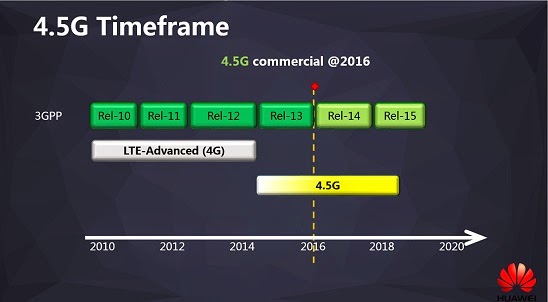Before 2020, no 5G networks will probably start, but the technical pillars of the next generation of mobile phones are becoming increasingly visible and mid-2018 5G should then be finally standardized in 3GPP Release 15. From the time of standardization,, network equipment suppliers and chip manufacturers can then quickly adapt their pre-standard hardware and software to UEs and deliver it to network operators and customers. How the way could look up to now and which specifications are expected to be part of the 5G standard, Dr. Ing. Peter Zhou, chief marketing officer for the Wireless Product Line at Huawei Enterprise, revealed at the Huawei Global Mobile Broadband Forum.
Goal: globally uniform 5G standard
The standardization organization 3GPP aims to define the first industry-wide 5G standard with Release 15. Various organizations are involved in the 3GPP, including the European ETSI (European Telecommunications Standards Institute). A common standard is very important for 5G to be built around the world on the same technical foundation as 4G/LTE is. The timeline of the 3GPP, included as a graphic below, reveals that in June 2018 release 15 will be ready and thus the basis for 5G will have been created.
Huawei: Details about antenna technology at 5G
Exact specifications for 5G are as described only from June 2018 at the earliest. Peter Zhou from Huawei described how Huawei imagines the antenna technology at 5G: in the high-band range ( eg 3.5 GHz, C-band) should be at least 4 × 4 MIMO antenna technology mandatory, in the low-band range (eg less than 1.8 GHz) should be at least 2 × 2 MIMO expanded. So that 5G networks have to meet much for the minimum requirements. In the high-band sector, Zhou sees the future, but especially in Massive MIMO antenna technology, where, of course, in this assessment must also take into account that the network equipment with Massive MIMO antenna technology earns neat money. As a mandatory standard you will probably not see Massive MIMO at 5G/3GPP Rel. 15.
Huawei: 5G networks need to use AI
According to Dr. Zhou, it will be a key point that the 5G network technology with artificial intelligence (“AI”) is equipped. He said at the Mobile Broadband Forum in London: “AI is a core element in 5G networks. Mobile networks must become intelligent”.Here one can use the artificial intelligence in different areas of the net well: the transmitters could communicate constantly with each other, in order always to be able to get the optimum from the existing radio spectrum. For the customer, it is about the best possible network coverage and a high service quality, for the operator to the most efficient use of radio licenses and thus also to reduce costs. In other areas, one can well imagine the use of AI in the mobile network, for example, when it comes to edge computing or autonomous driving.

